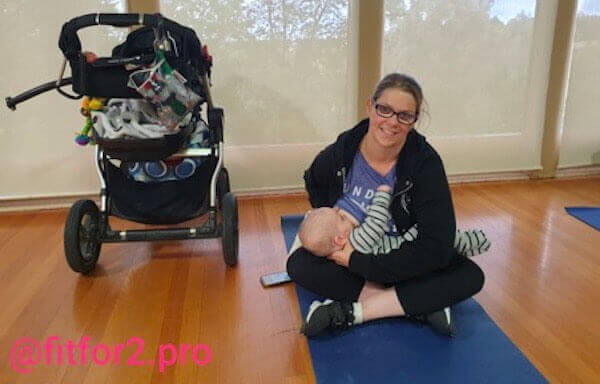Can exercise have an effect on breastmilk and milk supply?

Safe return to exercise is critical after having a baby, specifically in the first 12 months, both for mum’s sanity and so she can meet the demands of her baby and her family.
In the first 6 -8 weeks post-birth, dependent on the type of birth you had, walking is great exercise to start with. Just 20 minutes once or twice a day will help improve your circulation, reduce fluid retention, reduce isolation and increase your mood and energy. And, it's important to get you active again. If you don’t enjoy walking on your own, make time with your partner, walk with a mothers' group or catch up with friends.
Research shows that exercise assists in the wellbeing of new mums in many ways. For example, exercise can:
- improve heart health and general fitness;
- improve mental wellbeing and energy levels;
- reduce stress levels;
- assist with weight control;
- improve bone strength;
- assist with the treatment of post-natal depression.
- higher level of cardiovascular fitness;
- improved blood lipid profiles and insulin response
- a feeling of well-being from improved energy and reduced stress levels
- enhanced maternal-infant relationship
- alleviation of depression symptoms in those with major depressive disorders.
Anita Guerra runs Fit For 2 in Victoria, . Learn more about Anita and Book your Trial today.
Comments Off on Can exercise have an effect on breastmilk and milk supply?
More stories by Anita Guerra
All stories by Anita Guerra
